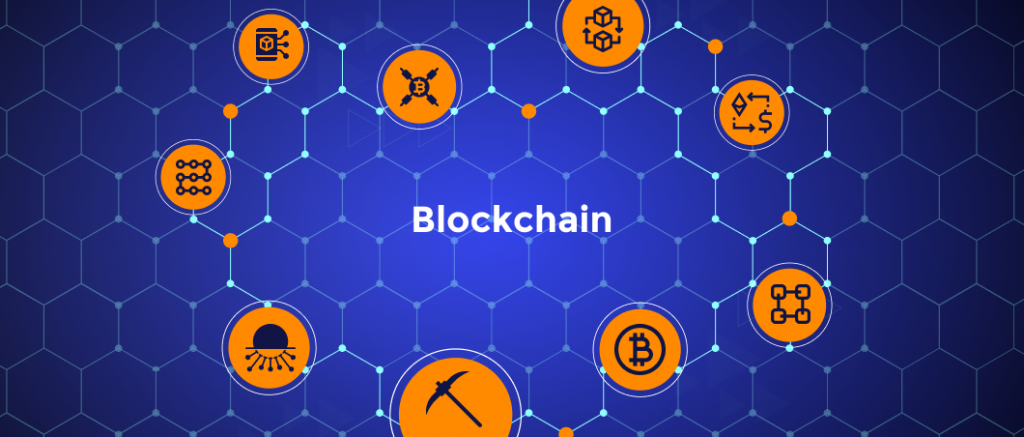Last updated on December 7th, 2022
According to Statista, the global IoT market is expected to grow to $8.9T in 2020. Although most current cloud technologies are effective at processing data, they are rather ineffective in processing edge data – a core requirement in an IoT world. For effective edge processing, what is required is decentralization of computational and storage resources – without which resources are either over-expensive or under-utilized.
The problem with cloud
In a world where apps need to process information at lightning-fast speed, a centralized cloud architecture can’t keep up with the real-time responsiveness demanded by today’s connected devices. Although cloud computing has achieved widespread adoption and continues to see an upward trend across industries, many organizations are battling the limitations of its centralized nature.
- While traditional cloud computing will continue to play an important role in the technology world, depending on data usage patterns, transfer and transaction costs constitute a substantial portion of the monthly cost.
- Since users and their devices are always on the move, centralized processing of applications in cloud-based data centers where the distance between the data center and the user or data source can create significant latency problems.
- All the data in the cloud is centralized – and hence vulnerable. Any attack or breach can significantly impact availability and performance.
- IoT devices generate enormous amounts of valuable data that put significantly greater demands on the computing infrastructure than the current centralized cloud infrastructure can handle.
This is especially true for organizations that face the pressures of implementing new technologies with sub-second response times — say in an autonomous vehicle where even a millisecond delay could be the difference between life and death. While the cloud excels at carrying out complex computations, sending the data from each device to the cloud for processing is simply too slow. For requirements where every millisecond matters taking too long to process data makes it less than adequate.
Figuring out how to reduce the latency that arises when data travels significant distances between the user and the cloud and how to process data quickly enough to derive maximum value is vital. One of the best ways to decentralize the cloud is by adopting a blockchain architecture that dramatically improves security and user experience. By moving processing power from a central point to several distributed ledger-driven frameworks, the blockchain-driven cloud enables distributed, permanent, and redundant data storage.
The Blockchain-driven cloud
As blockchain becomes increasingly popular, it’s time to welcome the next significant digital disruption – block-chain driven cloud. This is scalable, fast, and low cost. Through a distributed ledger system, blockchain creates networks of computing resources that are secure and immutable – resulting in transparent networks that are tamper-proof and offer superior reliability. The Blockchain-driven cloud offers a complete set of infrastructure compute resources including storage, identity management, containers, and more. This enables businesses to quickly set up and run a production-ready setup.
As cutting-edge app designers and projects continue to require increasingly more complex and extensive resources, this next wave of innovation is expected to bring trust, efficiency, and security like never before. It is set to truly transform how software and systems are designed and how data is stored, processed, and shared. Here’s how the Blockchain-driven cloud is helping overcome the challenges of traditional cloud systems:
- One of the key challenges of cloud computing that blockchain seeks to resolve is cost. Cloud vendors can gather unused computational capacity from various devices and share it with those who need it to run resource-heavy applications. Since neither vendors nor users are required to set up any infrastructure, the end result is unlimited computational power at a lower cost.
- Apart from reducing costs, decentralization also eliminates the risk of unauthorized access and data breaches. Instead of applications running on a single server, they are split into fragments that isolate peers. Since several compute resources run bits and pieces of the application – in private ledgers with numerous redundancies and with no single computer or server owning the entire application backend – they are inherently designed to avoid any single point of failure.
- Since the blockchain-driven cloud leverages AI-based scaling, cloud computing users are no longer stuck with the traditional rigid structure of the cloud. With the ability to further fine-tune AI-based algorithms, developers can program their applications and platforms to only use appropriate distributed ledger resources as defined by pre-determined business rules.
- In addition to efficient allocation, the Block-chain driven cloud also offers efficient and flexible pricing. Instead of getting locked-in with lengthy and expensive contracts, a business can set up an AI-driven, scaling allocation to ensure efficient budget utilization for long-term usage within the new cloud ecosystem.
- And lastly, the biggest advantage that the Blockchain-driven cloud brings to the table is immutability. Unlike in the existing cloud storage environment where resources are vulnerable to modifications and hacking, the content in a blockchain-driven cloud cannot change. Rather, new revisions are created and stored next to existing ones, which cannot be duplicated but only reused – resulting in efficient and secure storage.
Enable Greater trust
The combination of blockchain and cloud can provide a simple, cost-effective way for companies to adopt a decentralized network that enables greater trust, efficiency, and security. Intelligent devices can exchange information automatically, businesses can reduce unplanned downtime, and improve the resiliency and integrity of customer and business data. Although the Blockchain-driven cloud is in no way going to replace existing cloud solutions, it will definitely benefit applications that require low latencies and hyper-localization. Such convergence can turn innovative ideas into business models that can profoundly reshape an organization.



